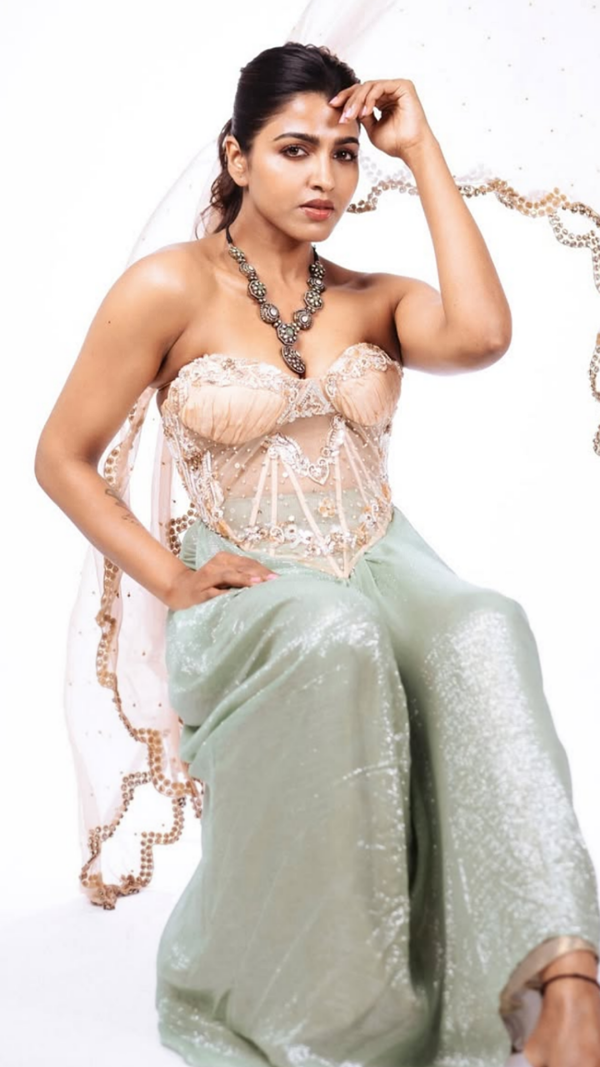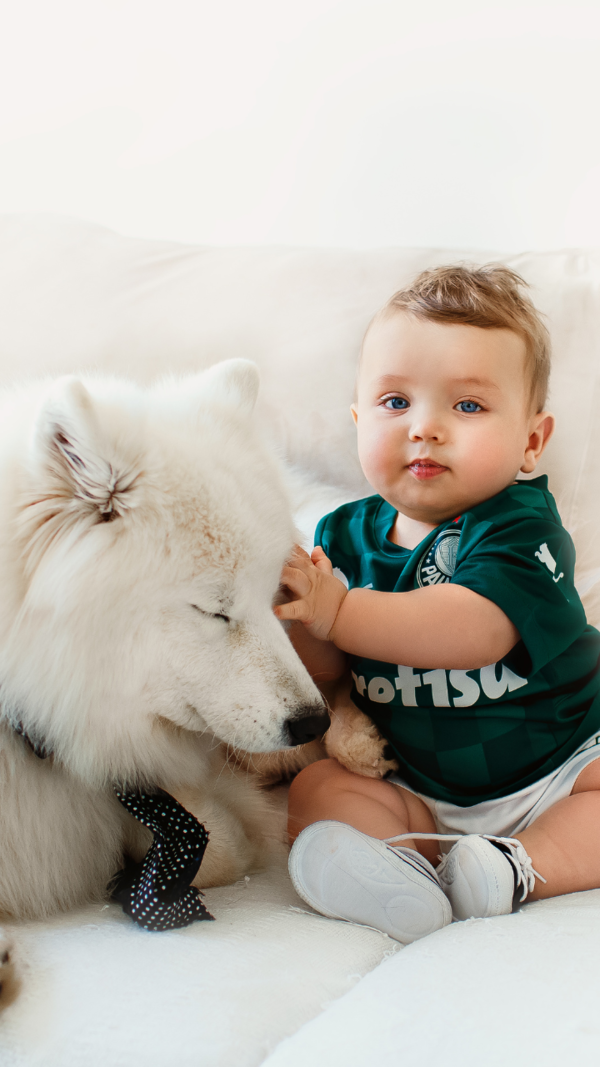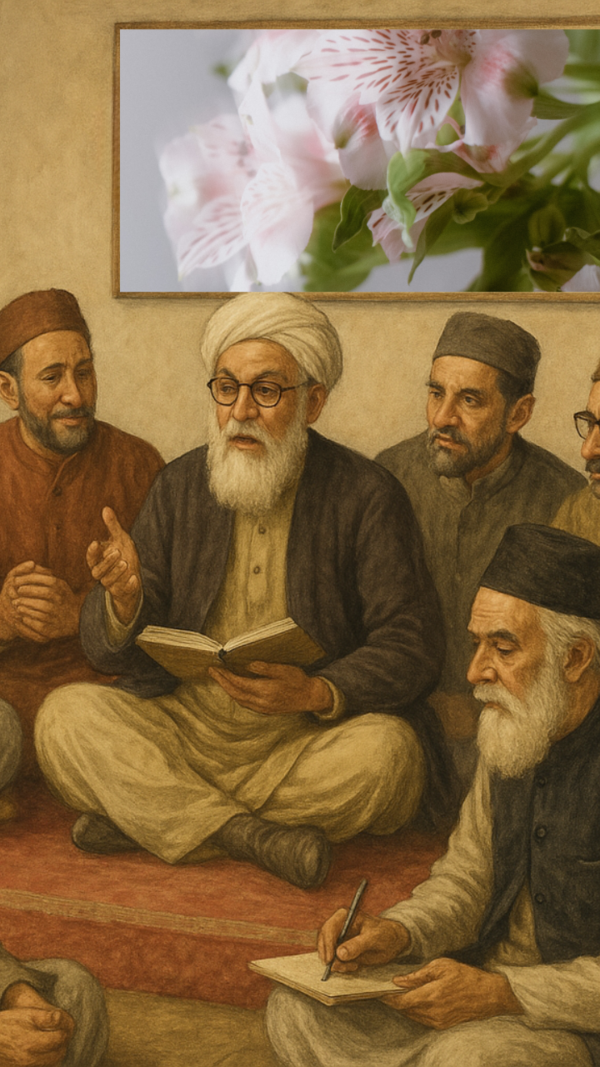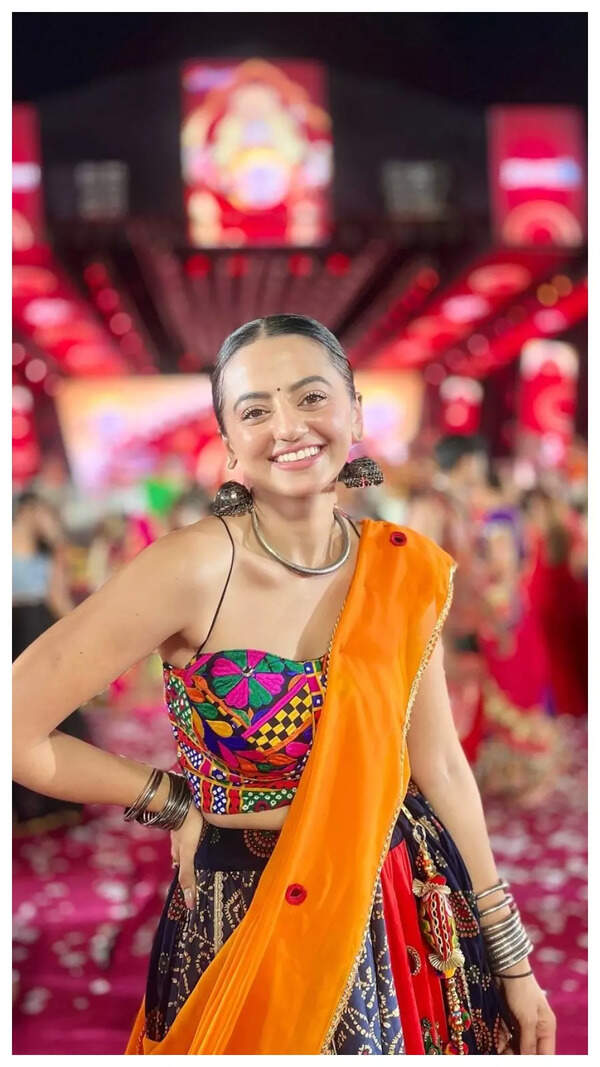In this part of Africa, coffins are shaped like airplanes, animals, and even chocolate; here's why
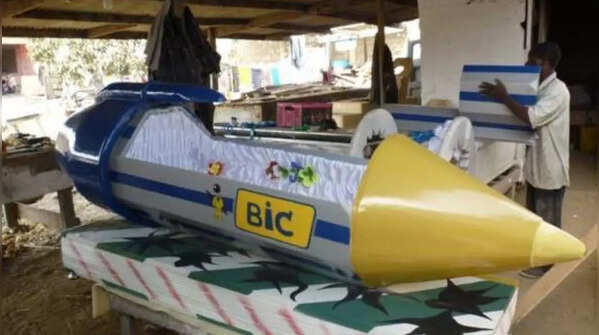
Where coffins look like trucks and airplanes– the fascinating farewell ritual you didn’t know about
At a time when personal expression defines everything from what we wear to how we live, it's also reshaping how we're remembered after death. While most funerals around the world stick to traditional rituals, one community in West Africa is doing things very differently– and boldly.
In Ghana, especially among the Ga people, funerals are a vibrant tribute to life. People are choosing to be buried in custom-made coffins shaped like airplanes, animals, soda bottles, and even mobile phones. Far from being a quirky trend, this practice– known as abebuu adekai, or “proverb boxes” – is a deep-rooted cultural tradition that turns funerals into powerful personal statements.
These coffins aren’t just eye-catching– they tell a story. Each one is designed to reflect the life, personality, profession, or dreams of the deceased. A fisherman might rest in a coffin shaped like a fish; a teacher might be buried in a giant chalkboard. For the Ga community, funerals are more than just farewells– they’re celebrations of identity.
Image credit: X

When the coffin tells the life story
In Ghana’s Greater Accra Region, funeral processions often catch people’s attention– not just for the music and colours, but because of the unusual shapes being carried through the streets. A giant fish, a cocoa pod, a bright delivery truck– these aren’t decorations. They’re coffins, made to reflect the life of the person inside.
For the Ga people, funerals are deeply personal, and the coffin is a big part of that. It’s not just about saying goodbye– it’s about showing who the person was. A farmer might be buried in a coffin shaped like a hoe. A driver might have one that looks like a vehicle. Families work closely with coffin makers to choose the right design. Every shape tells a story– a colourful way to remember a life well lived.
Image credit: X

From palanquin to coffin: A cultural shift
According to a legend, the tradition began in the mid-1900s with a young carpenter named Seth Kane Kwei. At first, he made ceremonial palanquins– decorated seats used during festivals by local chiefs. One of them was shaped like a cocoa pod, meant for a chief who sadly passed away before he could use it. So, his family decided to bury him in it instead.
Not long after, Kwei’s grandmother died. She had always loved flying, so he built her a coffin shaped like an airplane. That simple, thoughtful act sparked something bigger. Soon, others in the community began asking for coffins that reflected their own lives. What started as a one-off idea slowly grew into a lasting cultural tradition.
Image credit: X

Made by hand, designed by heart
Making these coffins takes a lot of time and care. Once the design is chosen, carpenters start shaping the wood– usually softer types like wawa or emien, which are used for local burials. For orders from abroad or for exhibitions, stronger woods like limba or mahogany are used.
Each coffin is lined on the inside and painted by hand. The outside is polished and detailed, turning a simple wooden box into something meaningful– a tribute to the person’s life and a source of pride for their family.
Image credit: X

Carving a legacy
Even after Kane Kwei passed away in 1992, the tradition lived on. His sons continued the work, and today, his grandson Eric Adjetey-Anang runs the original family workshop in Teshie, as mentioned in a report by the Museum of International Folk Art. Over time, other workshops have also opened in the area– many started by Kwei’s former apprentices or people inspired by his work. While most workshops still make coffins for local funerals, many also create pieces for art galleries around the world.
Image credit: X

From local ritual to global recognition
Though these coffins are made for deeply personal and cultural reasons, they began attracting international attention in the 1970s. According to the Museum of International Folk Art, a major moment came in 1989, when a group of fantasy coffins was featured in the Magiciens de la Terre exhibition at the Centre Pompidou in Paris. That brought global visibility to a practice rooted in local tradition.
Today, these coffins are shown in exhibitions and private collections worldwide– but their primary value remains in their original purpose: honouring lives, identities, and stories through design.
Image credit: X



